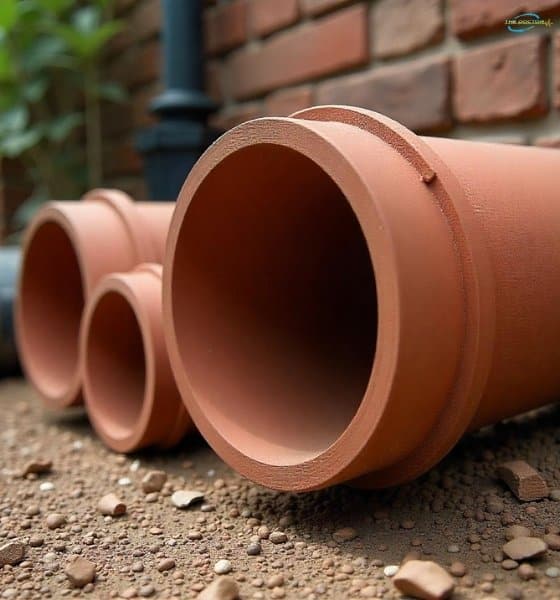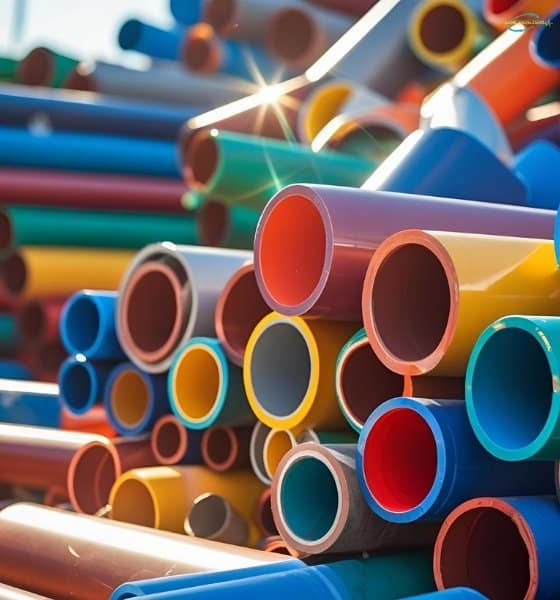Are my drains PVC or Clay
Here’s How to Tell What’s Running Beneath Your Home
When it comes to the plumbing in your home, most Aussie properties have one of two types of sewer pipes: clay (also known as terracotta or earthenware), or PVC (polyvinyl chloride). While they might both do the same job—getting waste and stormwater away from your house—they’re very different in how they perform, how long they last, and how easy they are to fix or replace.
So how do you tell what kind of drains you’ve got? Let’s dive into it.

Clay, Terracotta, or Earthenware Pipes: The Old-School Aussie Drain
Clay pipes have been around since the dawn of plumbing—literally. They’ve been used in Aussie homes for over a century and even date back to ancient Mesopotamia (yep, 4000 BC!). While durable in their time, these older-style pipes come with a fair share of headaches today.
Here’s why clay pipes can be a problem:
- Heavy as anything – A single pipe weighs over 30kg. Imagine laying down a whole drainage system like that!
- Short lengths – Most are about 1200mm long, which means more joins and higher labour costs.
- Root magnet – Those old rubber ring seals can crack or shift, allowing tree roots to enter and cause blocked drains.
- Zero flexibility – If the ground moves (which it often does after digging), clay pipes can crack easily.
- Harder to repair – Due to their brittle nature, even small shifts in the earth can lead to big issues.
Quick Clay Pipe Facts:
- 📏 Diameter: Usually 100mm
- 📐 Length: 1200mm
- ⚖️ Weight: Over 30kg
- ❌ Flexibility: Very brittle
- 🧱 System Age: Often found in homes built before the 1980s

PVC Pipes: The Modern Aussie Standard
Why plumbers (and homeowners) love PVC:
- Easy to install – Pipes come in 6-metre lengths, reducing the number of joins and time on the job.
- Much lighter – No more back-breaking work lugging heavy pipes around.
- Flexible and tough – PVC can handle ground movement without cracking.
- Less chance of root invasion – Tight seals and fewer joins keep your system flowing freely.
- Long-lasting – These pipes can last up to 100 years or more with minimal issues.
Quick PVC Pipe Facts:
- ✅ Lightweight & flexible
- ⏳ Long service life
- 🔧 Lower maintenance needs
- 🔍 Easier to inspect and replace
- 🏠 Found in most homes built after the 1980s
Not Sure What You’ve Got? Here’s What to Do
Better yet, call in the experts.
Why Knowing Matters
Understanding your home’s drainage system isn’t just plumbing trivia—it affects how you maintain your property, plan renovations, and avoid costly surprises.
Clay pipes might have stood the test of time, but PVC is the future. No matter what’s under your home, the key is keeping it in good condition. And if problems do pop up, you’ll know what you’re dealing with—and who to call.
Final Word
THE DOCTOR GETS IT DONE
